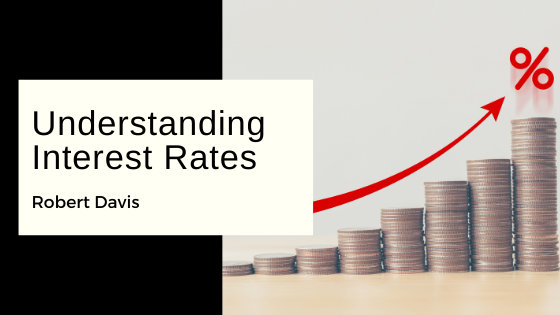Basic financial literacy requires a moderate understanding of interest rates. A cursory investigation reveals two interest types: the kind consumers pay when they borrow funds and the interest they earn from invested funds.
Earned Interest
Earning money is always fun, so let us first review ways that consumers can earn interest. Banks offer interest rates to customers because they use the funds on deposit to lend to other customers. Personal savings, money market, and some checking accounts offer an interest rate compounded either daily, monthly, or quarterly. These interest rates are listed as an APY, the annual percentage yield. This published rate assumes that a specific dollar amount will be deposited for one year.
Interest Due
Although it is important to understand how much interest you could earn on a personal savings account, it is crucial to calculate how much interest you owe when you borrow money. These interest rates are listed as the APR or annual percentage rate. Terms and conditions, including how interest is calculated, vary greatly from one institution to another.
Personal loans, mortgages, auto loans, and even credit cards charge interest. In most cases, the interest rate on loan balances is several times higher than what financial institutions pay on deposited funds. Because you will not earn as much interest from your personal savings account as you will owe from carrying a balance on your credit card, you may want to make an extra payment rather than add it to your savings account.
Why Interest Matters
Interest rates will heavily impact the amount of your regular monthly payment. The impact is greater when loans have high balances, such as mortgage and auto loans. The daily interest rate on a high-interest auto loan could be more than ten dollars. It adds up quickly, and borrowers find themselves in a situation of negative equity.
Aside from the consumer credit score, other factors help lenders determine the creditworthiness of an applicant. Good credit history is important and includes on-time monthly payments as well as established credit. Borrowers who open several accounts at once or miss payments are causing damage to the credit score and may appear to be a high risk to lenders.
